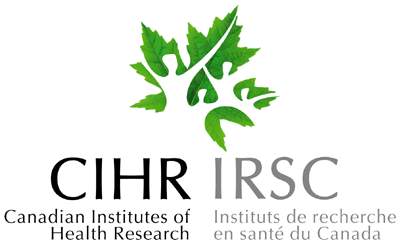 |
Canadian Institutes of Health Research Group in Sensory-Motor Systems |
 |
 |
Canadian Institutes of Health Research Group in Sensory-Motor Systems |
 |
|
|
|
|
|
|
|
RE-ESTABLISHING
CONNECTIONS LOST DUE TO SPINAL CORD INJURY: A ROLE FOR AXON-LIKE PROCESSES
ORIGINATION FROM DENDRITES?
The ultimate goal of research devoted to neurotrauma, especially
injuries to the spinal cord, is to replace connections lost due to injury with
new connections that ameloriate the dysfunction caused by the injury. A
critical step towards reaching this goal is the successful regeneration of the
injured axon. Since the pioneering studies of Aguayo and colleagues, there has
been an intense effort to devise strategies that promote axon growth, either
by overcoming growth inhibiting factors (eg. Nogo-A) or by augmenting growth
promoting factors (eg. neurotrophins). This effort has led to the
identification of numerous factors that are critical for the success or
failure of regeneration of the injured axon.
This research proposal is based on a different mechanism of axon
regeneration. Unlike the studies described above, this mechanism does not
involve regeneration of the original injured axon. Instead, it is founded on
an unexpected ability of axotomized neurons in the adult mammalian nervous
system to grow new axons that originate from their distal dendrites (MacDermid
et al., 2000; Rose et al., 2001). We refer to this mechanism for regeneration
as ‘Plan B’. However, the extent to which axons growing from distal
dendrites can serve to replace lost connections remains largely untested. It
is the long term goal of this research programme to address this question.
Specific
hypotheses and related objectives are:
1)
Growth and guidance of axon-like processes emerging from distal dendrites of
axotomized neck motoneurons are mediated by the cell adhesion molecule, L1.
2)
Axon-like collaterals that emerge from the distal dendrites of axotomized neck
motoneurons form synaptic connections.
The experiments to address these hypotheses will exploit the results of
our recent studies that demonstrate that axon-like processes, defined by
molecular and anatomical criteria, emerge from distal dendrites of axotomized
neck motoneurons (MacDermid et al., 2000; Rose et al., 2001).
These experiments have two objectives:
A: To demonstrate that axon-like processes are immunoreactive
for L1.
B: To show that bouton-like swellings found on axon-like processes
have ultrastructural features
typical of functional synapses and are immunoreactive for synaptophysin and
P/Q calcium
channels, proteins that
play key roles in the release of neurotransmitters.
3)
Axon-like processes that emerge from the distal dendrites of axotomized spinal
interneurons can re-establish connections that are lost due to the axotomy.
The experiments to address these hypotheses will be based on a new
injury paradigm in which the spinal cord at C3 is transected sagittally.
This injury is designed to sever the axons of commissural interneurons
and provides a means of meeting the following objective:
C: To show that axotomized commissural interneurons, via new
axons that originate from their
distal dendrites, form synapses with dendrites of identified neck motoneurons
in the contralateral
ventral horn.
Home /Research /The Lab /Opportunities /Publications /Links
Updated Aug 9, 2001